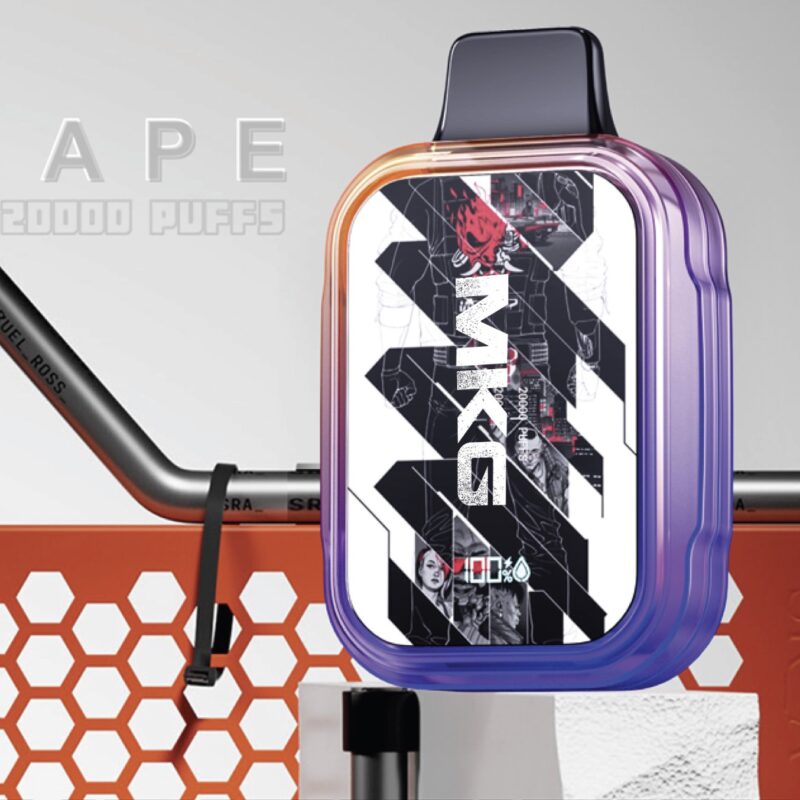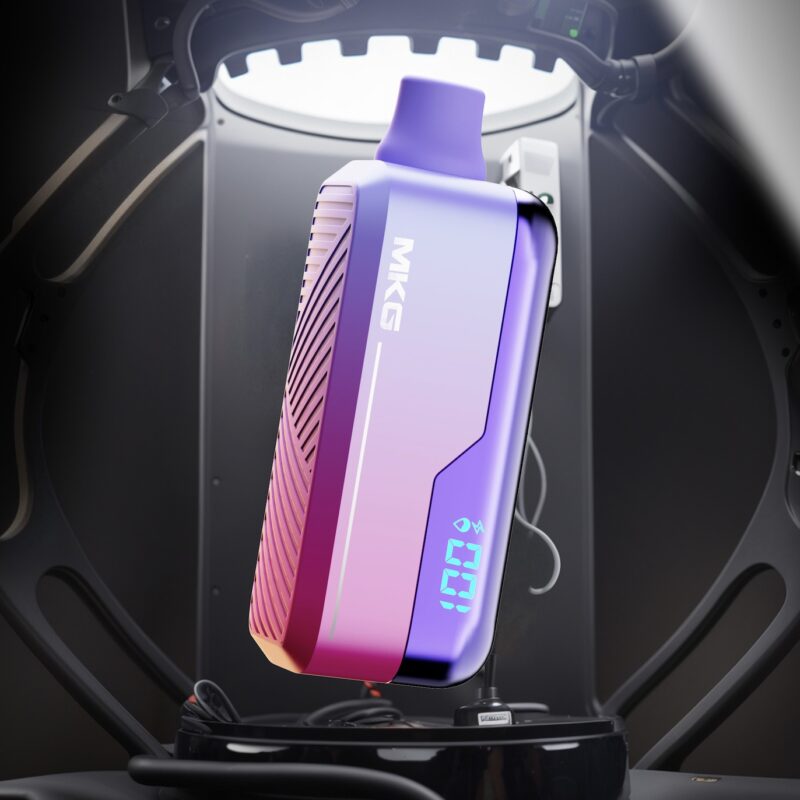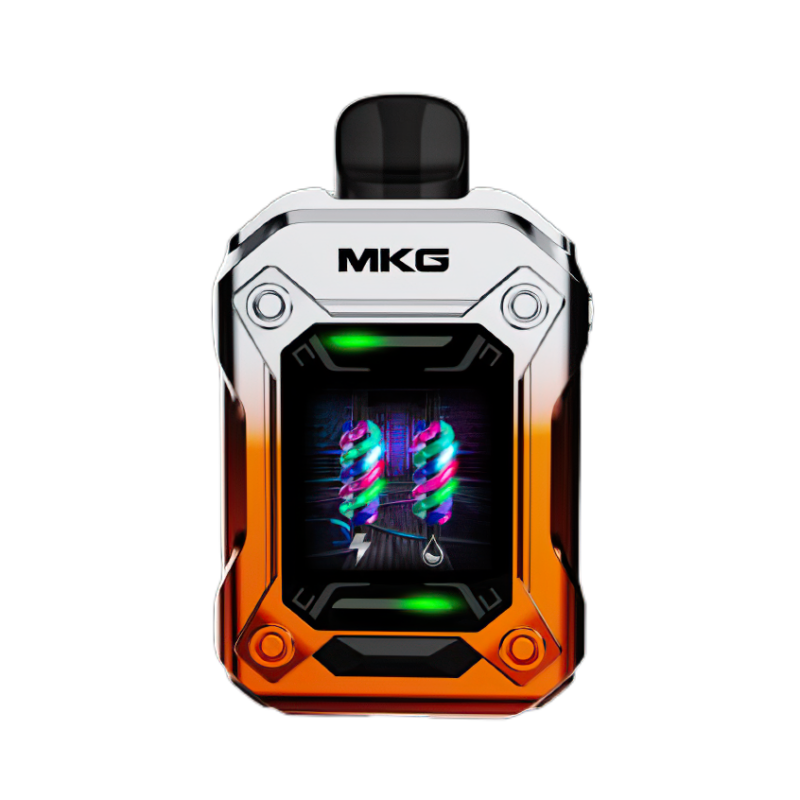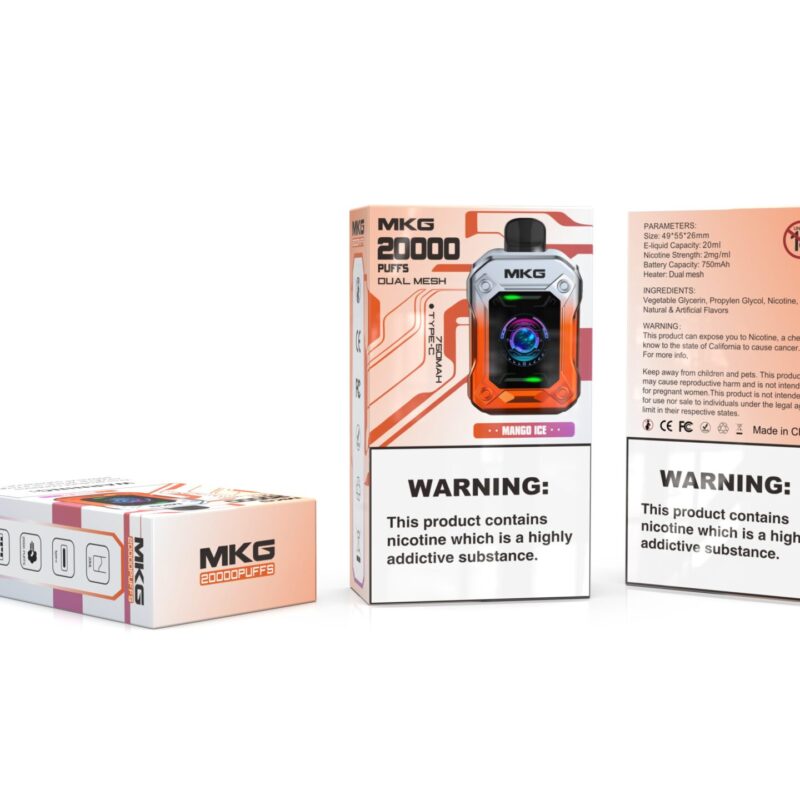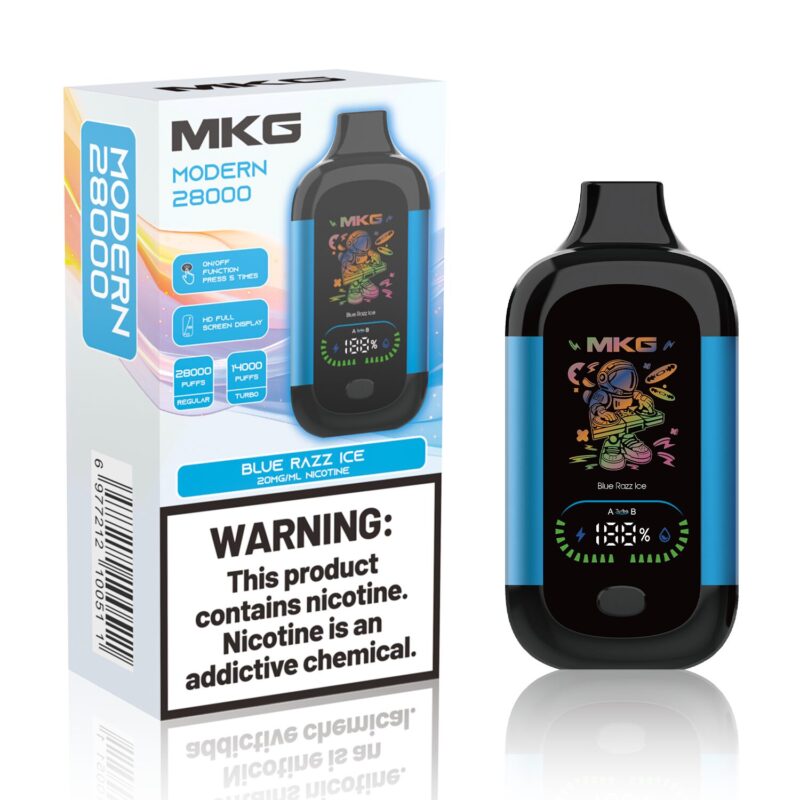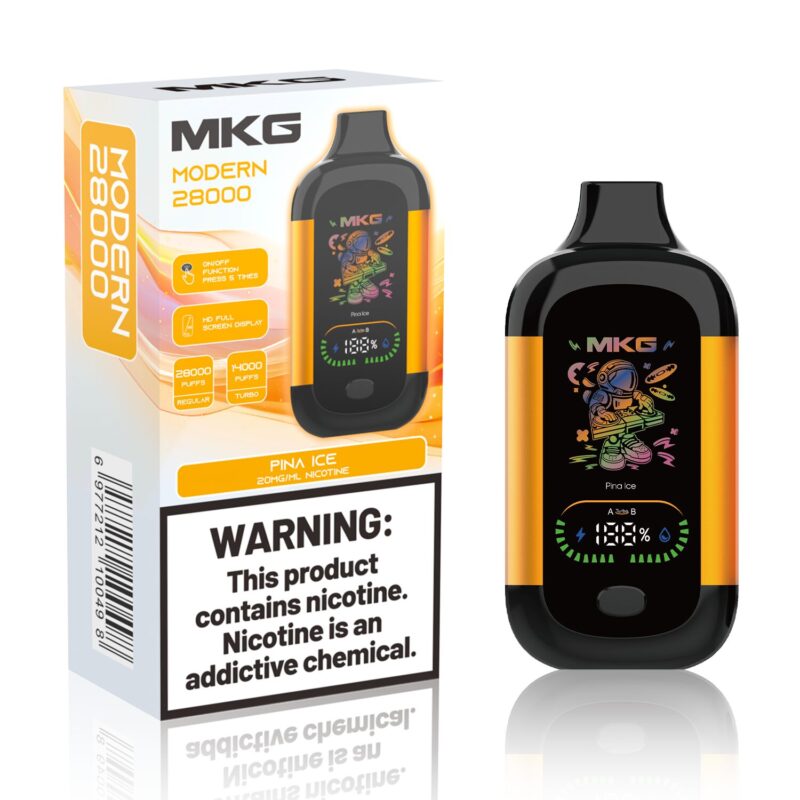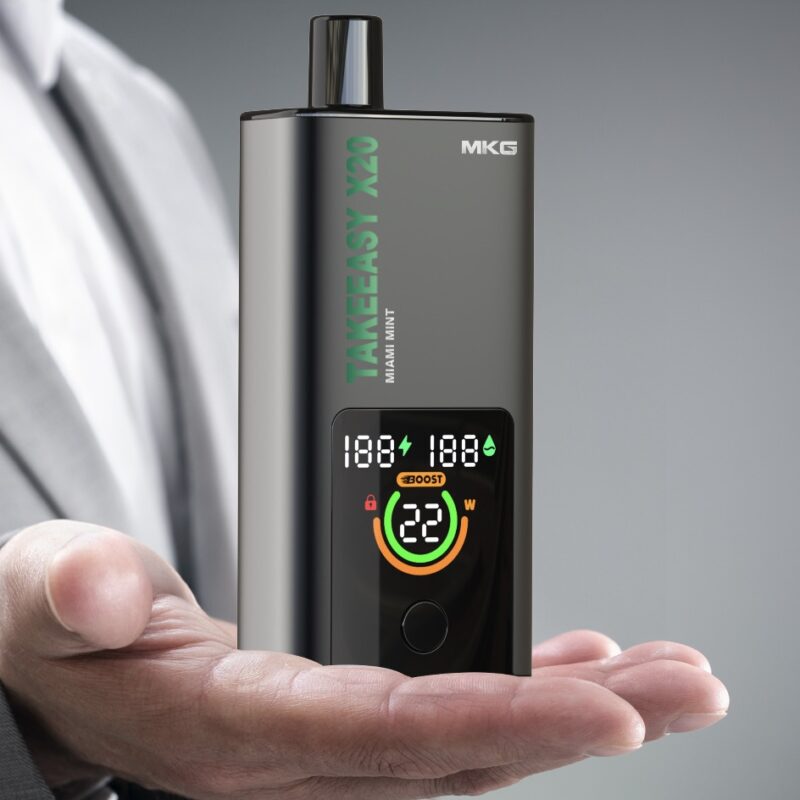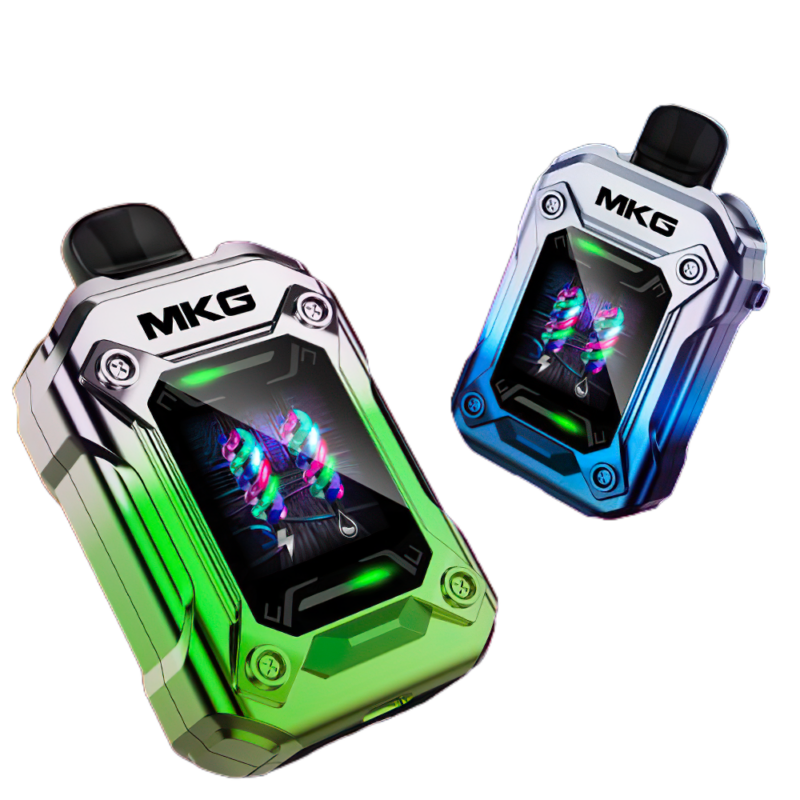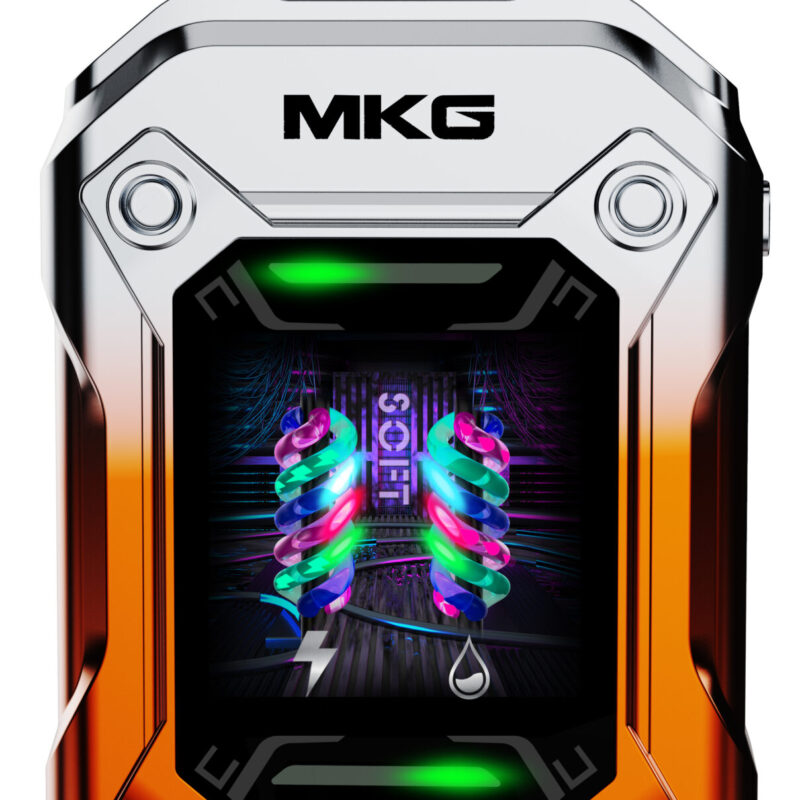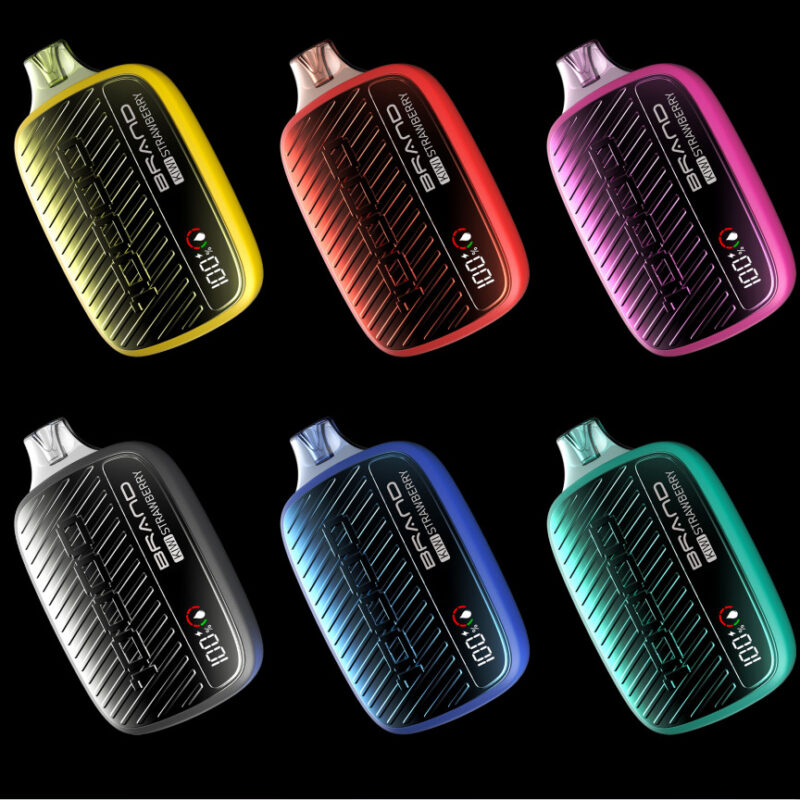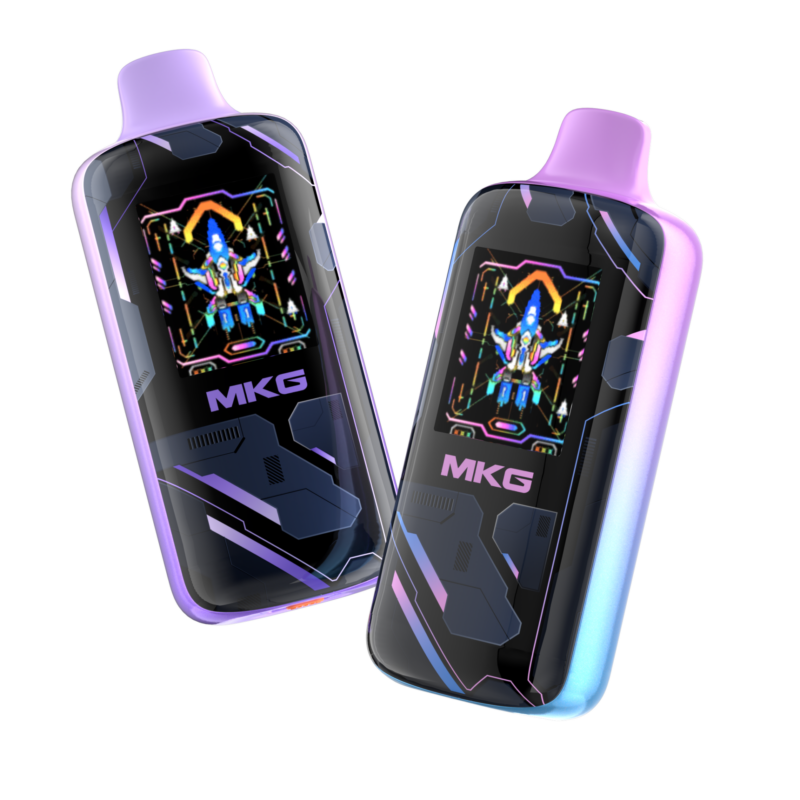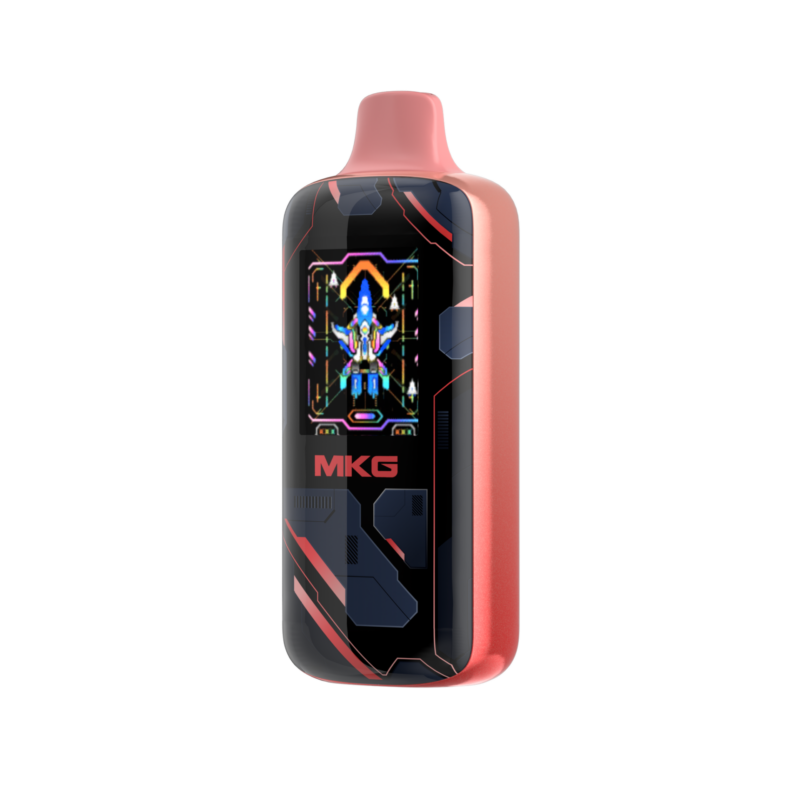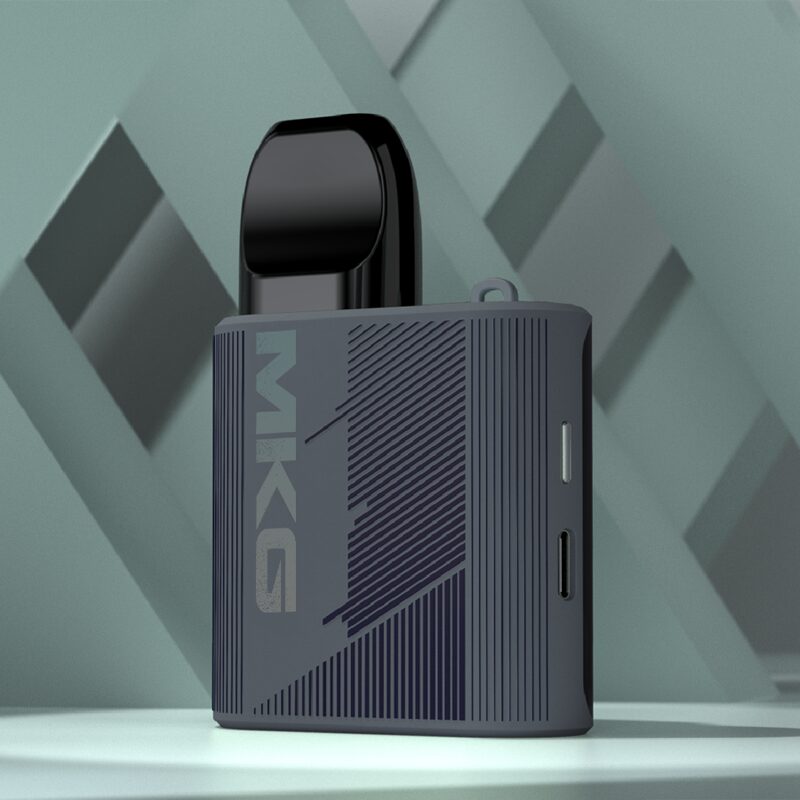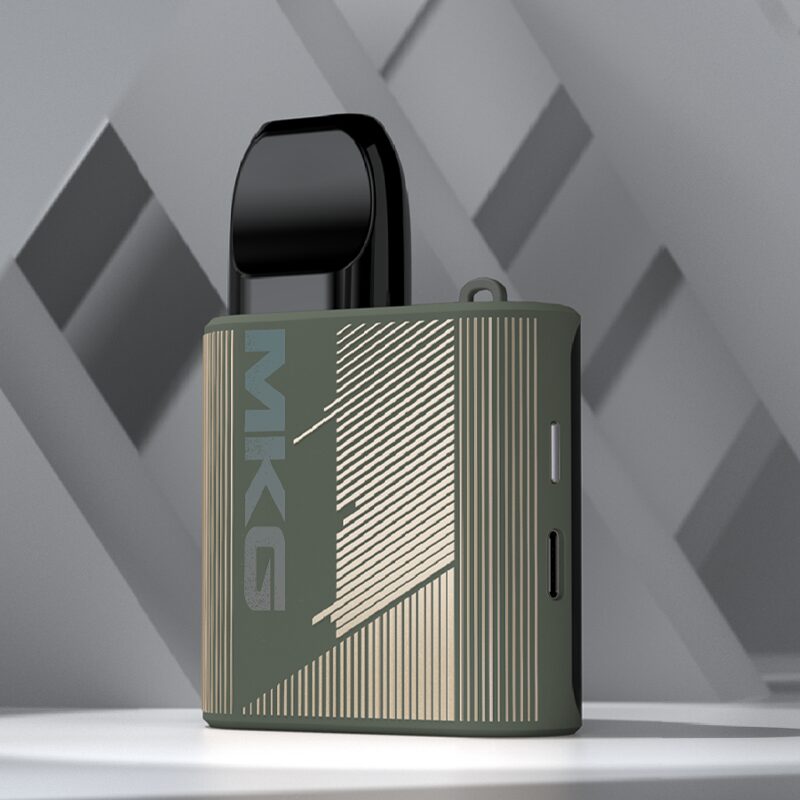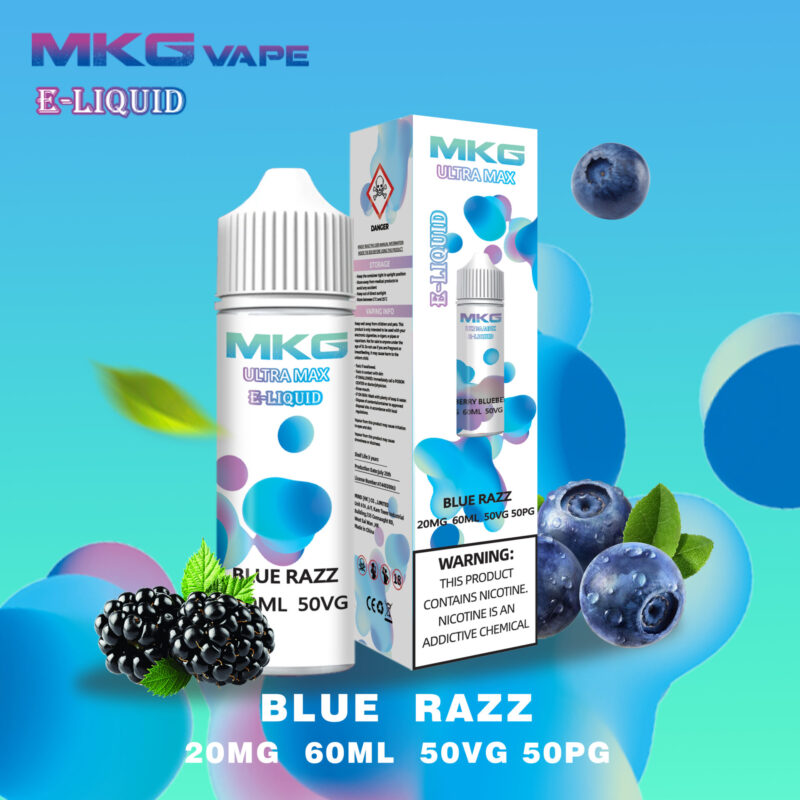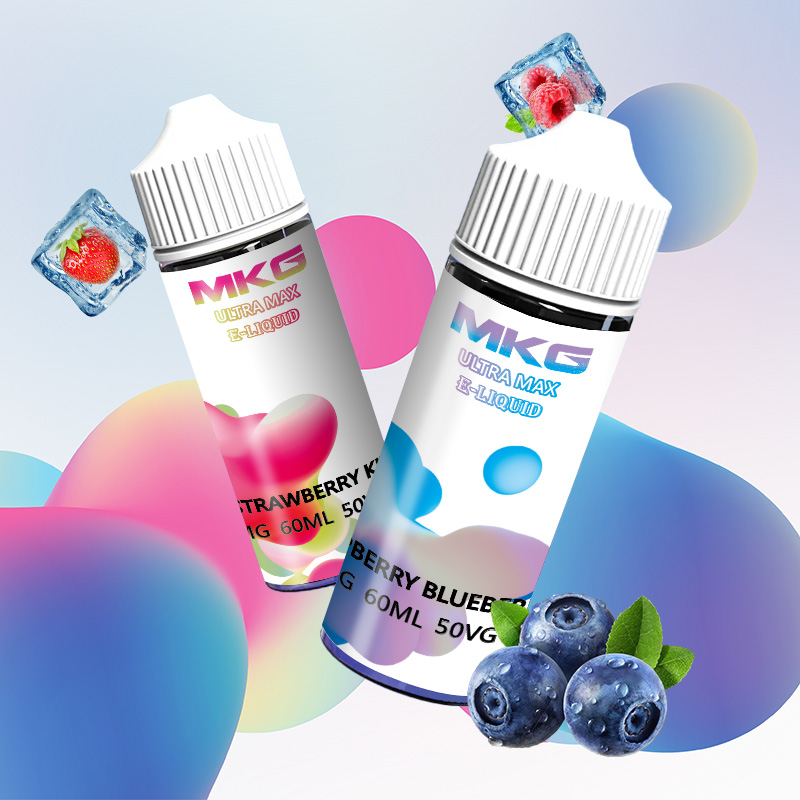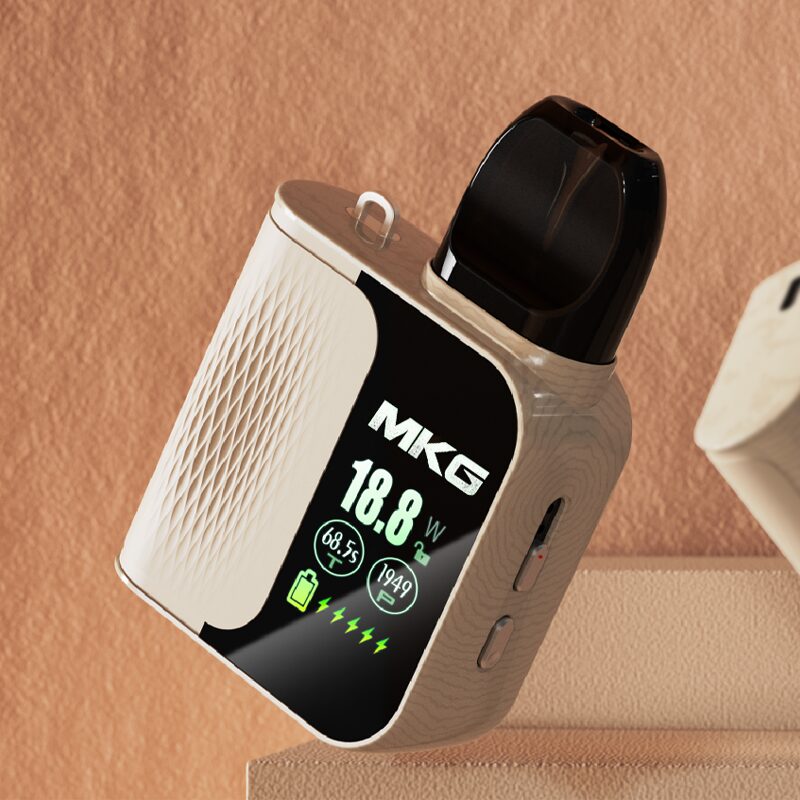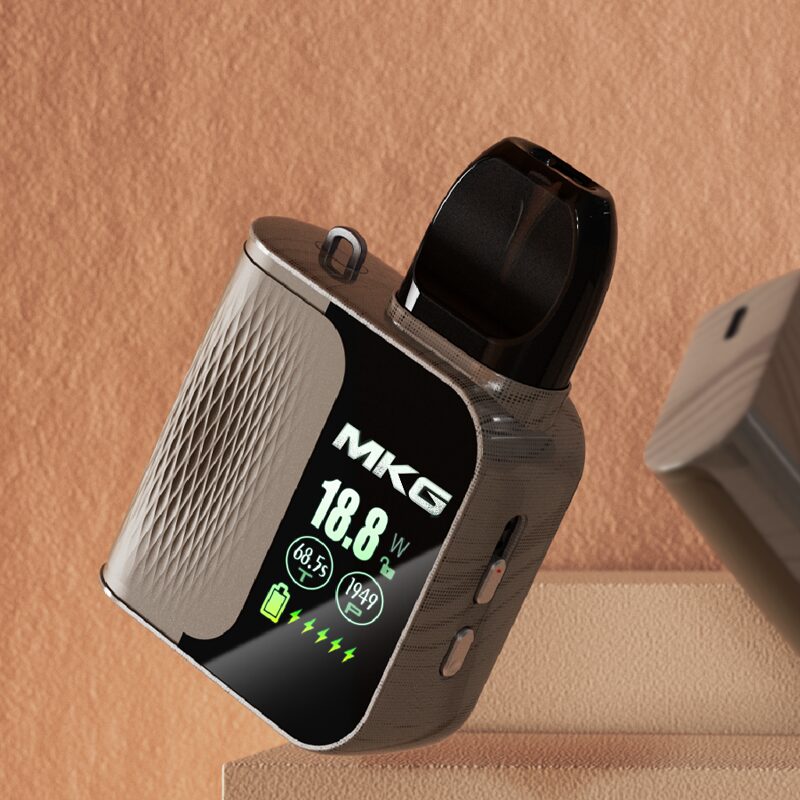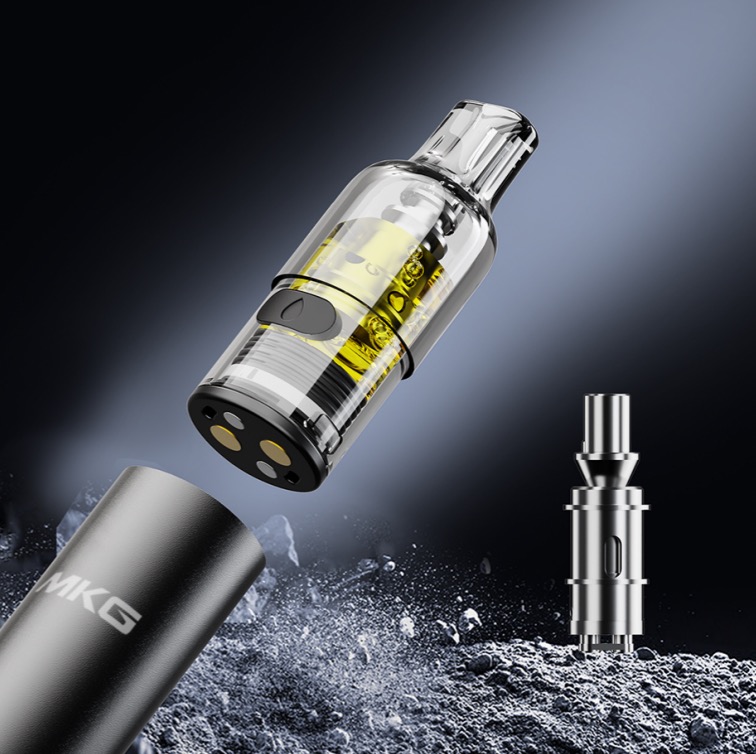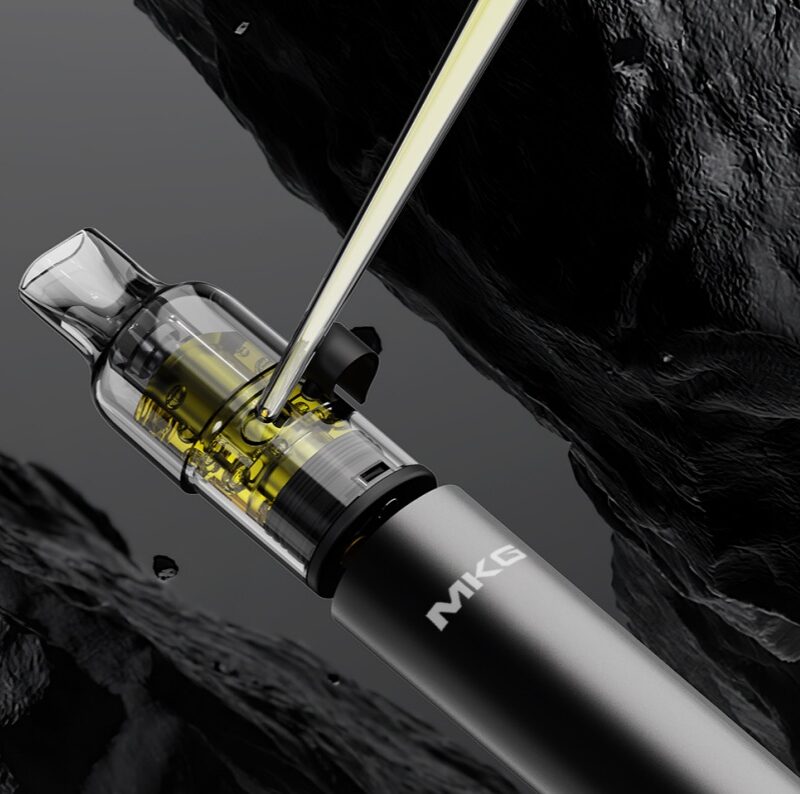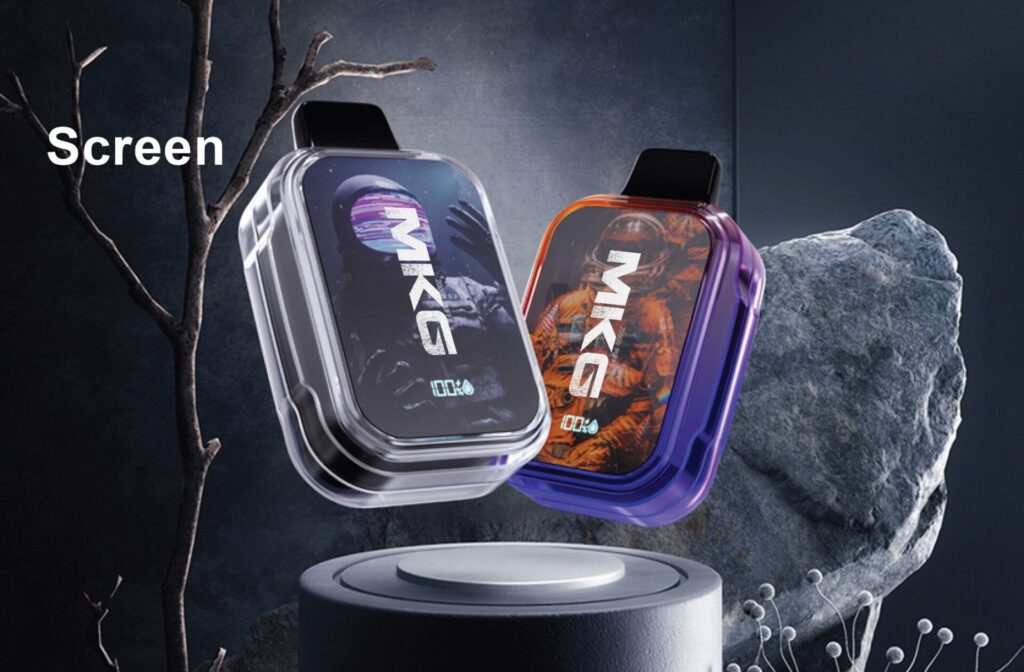E-cigarette products have both the attributes of tobacco products and the attributes of electronic products, and they are also consumer products, so they are regulated by different regulatory agencies in the United States.
1. Attributes of electronic products
It should comply with FCC regulatory requirements, and the corresponding certification program is FCC SDOC.
2. Attributes of consumer goods
Should comply with CPSC regulatory requirements, the most common requirement is 16 CFR part1303. If the surface of the product is coated, lead is prohibited in the coating.
3. Packaging materials
TPCH (Toxics in Packaging Clearing House, earlier called CONEG, Northeast State Governors Association) is a coordinated regulation in the United States aimed at reducing the content of certain harmful substances in packaging materials. It was implemented in 1989 and requires packaging materials and individual The total content of lead (Pb), cadmium (Cd), mercury (Hg) and hexavalent chromium (Cr VI) in the packaging parts of the packaging materials shall not exceed 100 ppm.
4. Battery
In 1996, the federal law “Mercury-Containing Batteries and Rechargeable Batteries Management Act” (US PUBLICLAW 104-142) came into effect on May 13, 1996.
Prohibition of adding mercury to alkaline manganese batteries and carbon-zinc batteries;
Ban the use of mercury-containing batteries in phases.
5. FDA Food Contact Material Requirements
The e-cigarette oil storage bin has been in contact with e-liquid for a long time, and the e-liquid will be atomized and inhaled by consumers. Therefore, the materials in the oil storage bin that are in contact with the e-liquid must meet the standards for food contact materials.
6. Tobacco Product Attributes
On May 10, 2016, the FDA issued the Deeming Regulation, which took effect on August 8, 2016, and included electronic atomization products in the scope of regulated tobacco products.
Through FDA Deeming Regulation, FDA can legally supervise the manufacture, import, packaging, labeling, advertising, promotion, sales and distribution of ENDS (Electronic Nicotine Delivery Systems). ENDS include but are not limited to Vaporizers, vape pens, hookah pens, electronic cigarettes (E-Cigarettes), and e-pipes. Tobacco extracts/nicotine-containing products or products that may be used together with nicotine/tobacco extracts are regulated by FDA . Products that do not contain nicotine or tobacco extracts and cannot be used with nicotine/tobacco extracts are not regulated by FDA. At the same time, the regulatory object also includes components and parts of ENDS, but does not include accessories.
FDA closely monitors retailers, manufacturers, importers and distributors’ compliance with federal tobacco laws and regulations and takes corrective action when violations occur.
FDA takes a three-pronged approach to help industry comply with the law by:
Developing and delivering compliance training and education Monitoring regulated industry compliance with the law through surveillance, inspections, and investigations Taking action when necessary, including:
Warning letters Civil penalties (CMP) Complaints for Smoke-Free Sales Order (NTSO) Complaints for Seizures, Bans and Criminal Prosecutions
Production site registration and product list
Only for domestic manufacturers of ENDS products in the United States
The term “manufacturing” means the manufacture, preparation, assembly or processing of ENDS products, including repackaging or otherwise replacing any container, wrapper or label in which ENDS products are packaged.
Importing ENDS products in the United States for sale or distribution is not a manufacturer of ENDS products.
Newly established ENDS product manufacturers after August 8, 2016 must immediately complete the registration of the production site and upload the product list.
health documents
For manufacturers or importers of ENDS products, if the product is imported into the United States from abroad, the manufacturer and importer of the product should work together to ensure that the health documentation is submitted in accordance with FDA requirements.
Key content of health documents:
Health, Toxicological, Behavioral or Physiological Effects
Tobacco Product Identification, Components, Ingredients, Components, Additives
New listings must be submitted 90 days prior to product launch
ingredient list
For manufacturers or importers of ENDS products, if the product is imported into the United States from abroad, the manufacturer and importer of the product should work together to ensure that the ingredient list is submitted in accordance with FDA requirements.
Only for ENDS products that are finally sold to consumers, there is no requirement for ENDS products that are used for reproduction.
Parts that need to submit a list of ingredients:
made of or derived from tobacco,
or contain ingredients that are burned, aerosolized, or ingested during use of ENDS products.
E-liquids√, Cartomizers╳, Coils╳, Wicks╳, Tanks╳, Electrical components╳The change of product composition must be within 60 days (reduction of ingredients or increase of harmless ingredients) or 90 days (other circumstances) before the product is launched after the change submit.
New listings must be submitted 90 days prior to product launch
Hazardous and Potentially Hazardous Substances Reporting (HPHC)
FDA believes that: The term “hazardous and potentially hazardous substances” includes any chemical or chemical compound in ENDS products or their smoke that:
a. is or is likely to be inhaled, ingested, or absorbed into the body, including as an aerosol (vapor) or any other emission;
b. cause or have the potential to cause direct or indirect harm to users or non-users of ENDS products.
Examples of ingredients that have a “potential to cause immediate harm” to users include ingredients that are toxic, carcinogenic, and addictive chemicals and chemical compounds. Examples of ingredients that have a “potential for consequential harm” to users or non-users of ENDS products include ingredients that may increase the harmful effects of ingredients in ENDS products by:
I. May facilitate initiation of ENDS product use;
II. May hinder discontinuation of ENDS product use;
III. May increase intensity of ENDS product use (eg, frequency of use, amount consumed, depth of inhalation).
IV. Another example of an ingredient that “may cause consequential harm” is an ingredient that can enhance the harmful effects of ENDS product ingredients.
Products that are marketed after August 8, 2016, products that are marketed after the final guidance document of the HPHCs report, and products that are marketed Submit within 90 days of sale
Pre-Marketing Authorization (PMTA)
On July 11, 2019, the U.S. District Court of Maryland issued a final ruling on the lawsuit regarding “the rising prevalence of youth e-cigarette use is a growing public health crisis” and asked the FDA to:
a. FDA should require that a PMTA must be submitted by May 12, 2020 for new tobacco products that entered the market before August 8, 2016 (“New Products”) (10 May 15, 2019 after the issuance of the memorandum opinion and order within one month);
b. For new products that have not submitted an application during this period, FDA shall take compulsory measures according to FDA’s decision;
c. New products for which an application has been submitted in a timely manner, while the application is being evaluated by the FDA, may continue to be marketed for a period not exceeding one year from the date of the application without being subject to FDA enforcement measures;
d. FDA should have the ability to evaluate each product on a case-by-case basis and exempt new products from the PMTA filing requirements with sufficient justification.
On April 27, 2020, the FDA issued another statement requiring manufacturers and retailers to withdraw certain e-cigarette products targeting young people from the market. The flavored e-cigarette products meet the specifications. Ultimately, manufacturers who intend to continue to market any recognized new tobacco product (including ENDS products) that were marketed before August 8, 2016 must submit an application to FDA by September 9, 2020 certifying whether the product is Comply with applicable standards of law, such as product suitability to protect public health. Due to the impact of the coronavirus pandemic, this date was recently extended (originally May 12, 2020).
Products entering the market after August 8, 2016 must be approved by PMTA before they can be sold in the market.
PMTA includes the following main contents:
a. HPHCs analysis report
b. Toxicological analysis report
c. Clinical Analysis Report
d. Behavioral Analysis Report
e. UL certification
f. Marketing plan
g. Environmental assessment report
h. GMP quality management system
MKG brand final interpretation right:Facebook: MKGVAPE Instagram: mkgvape_global/ [email protected]


